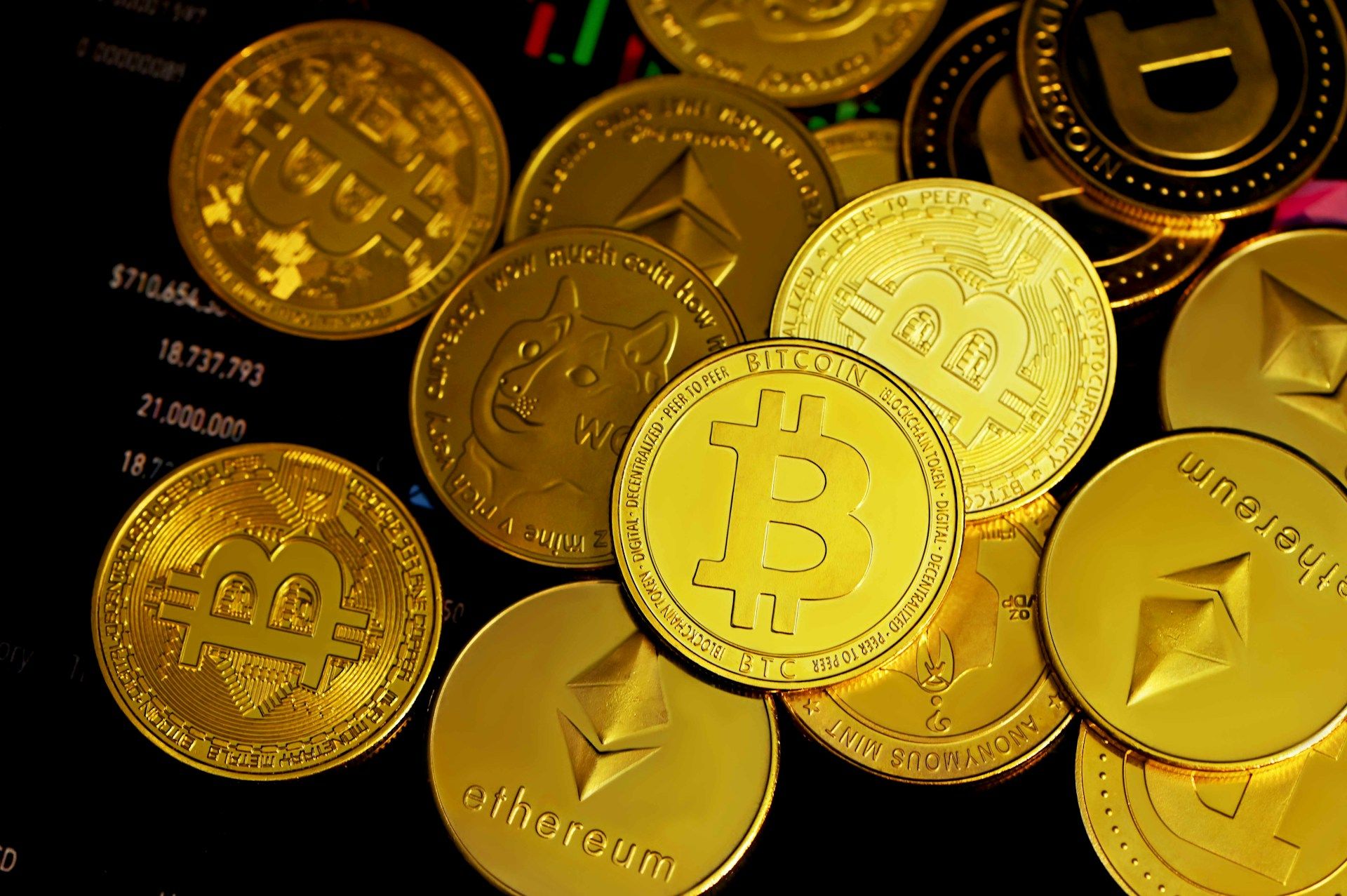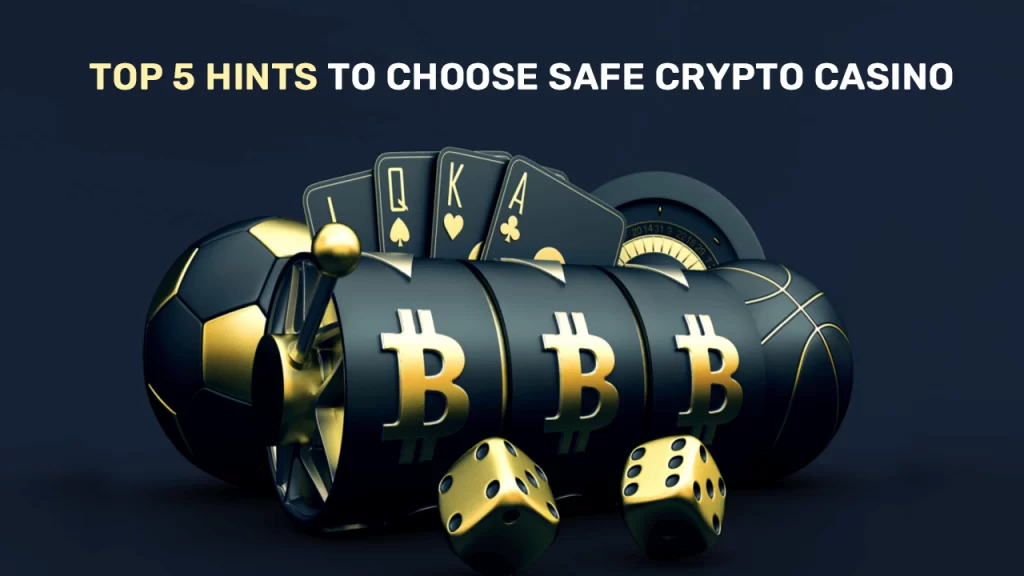
The cryptocurrency market surged after Donald Trump reaffirmed his commitment to making the US a global leader in digital assets.
On March 2, Trump announced an executive order establishing a national crypto reserve, marking a major shift in the government’s stance on digital currencies.
The reserve, which includes Bitcoin (BTC), Ethereum (ETH), XRP, Solana (SOL), and Cardano (ADA), triggered a sharp rally across the crypto market, with some altcoins posting double-digit gains.
Bitcoin surged 8% to surpass $93,000, while Ethereum jumped 11%.
Cardano led the altcoin rally, skyrocketing 66%, followed by XRP with a 28% increase and Solana gaining 20%.
XRP’s surge propelled its market capitalization to $163.9 billion, overtaking USDT to become the third-largest cryptocurrency.
The market’s reaction underscored investor optimism, yet debates have emerged regarding the potential implications of a government-controlled crypto reserve.
Bitcoin stockpile vs. reserve
Trump’s latest plan represents a shift from his earlier proposal of merely stockpiling Bitcoin, where the US government would hold but not actively accumulate additional cryptocurrency.
Instead, the new approach involves a strategic reserve that includes proactive acquisitions of various digital assets.
This distinction has divided the crypto community, with some supporting the move as a step toward mainstream adoption, while others fear potential risks.
Bitcoin proponents argue that only BTC should be included due to its security, decentralization, and proven track record.
The inclusion of altcoins such as XRP, Solana, and Cardano has raised concerns that the government could unfairly influence the crypto market by favouring certain assets over others.
Critics also warn that a future administration could liquidate the reserve, undermining its intended long-term benefits.
US crypto reserve: political and financial impact
Trump’s initiative has been widely supported by Republican lawmakers, who view it as a strategic move to strengthen the US position in the evolving financial landscape.
With China accelerating its push for digital yuan dominance, policymakers see the crypto reserve as a counterbalance to Beijing’s influence.
The initiative also aligns with broader efforts to integrate blockchain technology into the financial system, potentially setting the stage for a more regulated and government-backed digital economy.
The move has triggered scepticism among some market analysts.
The Crypto Fear & Greed Index remains in the ‘Fear’ zone at 33, reflecting uncertainty over the long-term impact of government involvement in digital assets.
While the crypto market has reacted positively to Trump’s announcement, concerns persist about potential regulatory overreach and the risk of political interference in crypto markets.
Crypto summit ahead
The upcoming White House Crypto Summit, set for later this week, is expected to provide further details on the reserve’s structure, policy framework, and regulatory outlook.
Investors are closely monitoring the event for insights into the government’s long-term crypto strategy, particularly regarding taxation, security measures, and the role of centralised oversight.
Trump’s announcement marks a significant milestone in the government’s evolving stance on cryptocurrency.
While the market has responded with enthusiasm, the broader debate over the implications of state-controlled crypto holdings continues to unfold.
As details emerge, investors will be watching for potential regulatory shifts that could shape the future of digital assets in the US and beyond.
The post Trump unveils US crypto reserve plan; Bitcoin, Ethereum, and altcoins rally appeared first on Invezz















 English (US) ·
English (US) ·